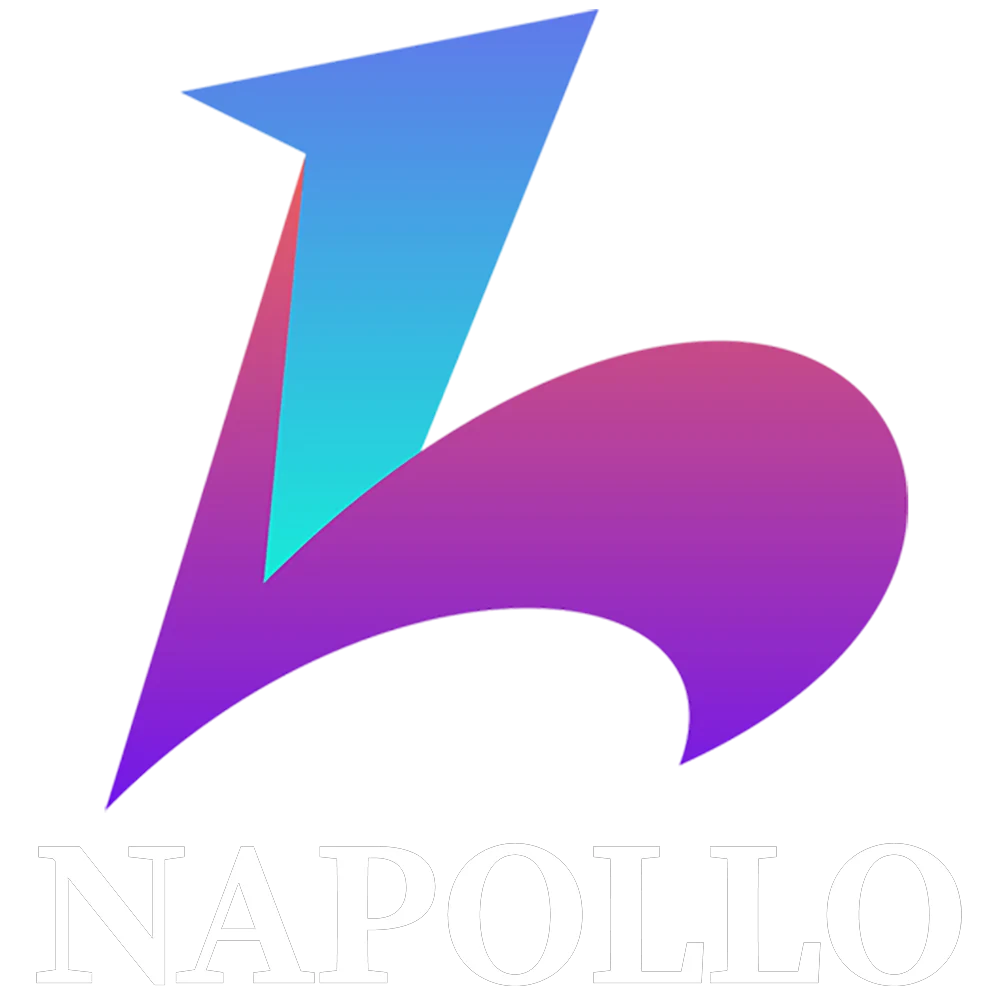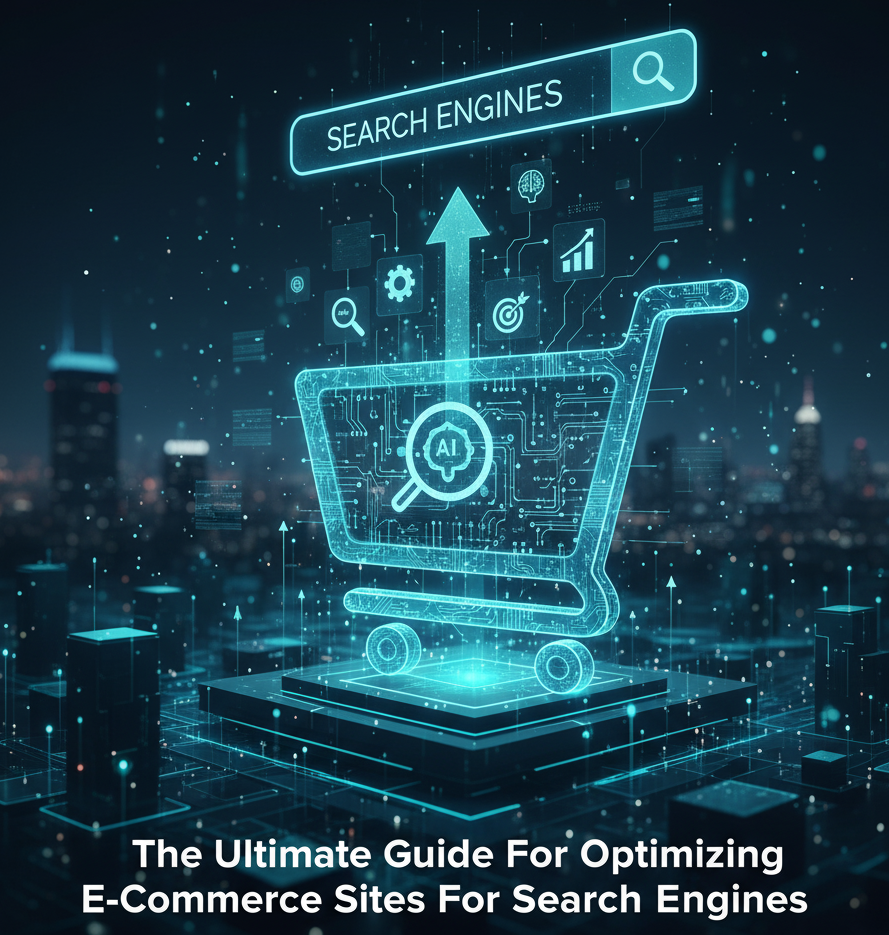Contents
- 1 Understand Optimizing E-Commerce Sites
- 2 Creating a Strategy Before Tactics
- 3 Research That Mirrors How Customers Decide
- 4 Designing Site Architecture For Humans And Crawlers
- 5 Technical Foundations That Preserve Equity
- 6 Performance As A Product Requirement
- 7 Mobile-First Indexing And The Realities Of Mobile Commerce
- 8 On-Page Craft That Serves The Shopper
- 9 Content Systems That Compound
- 10 Authority Building Without Gimmicks
- 11 Measurement That Drives Decisions
- 12 Conversion Alignment And The Checkout Experience
- 13 Seasonal, Structural, And International Governance
- 14 A Practical Operating Rhythm
- 15 Bringing It Together
- 16 Conclusion
- 17 FAQs
- 17.1 1. What is search engine optimization for e-commerce?
- 17.2 2. How do I do SEO for a website step-by-step?
- 17.3 3. What is the best strategy to optimize search engines for an online store?
- 17.4 4. Which search engine optimization techniques matter most today?
- 17.5 5. How does site architecture affect rankings and conversions?
Search is the primary path to product discovery for most online buyers. When a prospective customer begins comparing options, the brands that appear repeatedly in results, present clear information, and deliver fast, stable pages earn trust first. This guide presents a formal, end-to-end approach to optimizing e-commerce sites for search engines, connecting research, architecture, technical certainty, performance, content, and authority building with outcomes that matter, qualified visibility from organic search and measurable improvements in engagement and conversion rate.
Understand Optimizing E-Commerce Sites
Optimizing e-commerce sites for search engines means aligning shopper intent with technical, content, and UX fundamentals: keyword research and keyword matrix, clean site architecture and URL structure, on-page SEO with meta descriptions and image alt text, fast page speed/Core Web Vitals, mobile-first responsive design, HTTPS and canonical tags, XML sitemaps, internal linking, backlinks, and CRO on checkout flow.
Creating a Strategy Before Tactics
Effective ecommerce SEO starts with business intent. Define commercial objectives, category penetration, margin preservation, or subscription growth and translate them into specific KPIs. Rank distributions, non-branded impressions, assisted conversions, and Share of Voice provide clearer direction than vanity metrics. Establish governance early: who approves template changes, how redirects are managed, and how regressions are detected. With ownership defined, execution proceeds without ambiguity.
Translate Objectives Into Search Outcomes
If expansion into a new material or product line is the priority, the program must secure coverage across informational research, comparison, and transactional intent. This alignment shapes every later decision: the keyword research model, site architecture, template hierarchy, and the cadence for content production and link-earning.
Research That Mirrors How Customers Decide
A durable search program reflects real language and intent. Begin with structured keyword research from multiple inputs: support transcripts, on-site search logs, competitor SERPs, and customer reviews. Organize findings into a keyword matrix that maps topics to page types and intent classes.
- Informational keywords guide editorial assets that educate (buying guides, sizing, care).
- Buyer intent keywords align to category and collection pages where comparison happens.
- Transactional keywords align to product detail pages and promotion landers where purchase decisions finalize.
This matrix prevents internal cannibalization, clarifies which modules each template must contain, and drives a coherent internal-link model that moves users smoothly toward decisions.
Designing Site Architecture For Humans And Crawlers
Architecture makes or breaks discoverability. A coherent site architecture reduces friction for shoppers and clarifies topical relationships for search engines.
1. URL Structure And Context
Adopt a readable, stable URL structure that reflects hierarchy (e.g., /category/subcategory/product). Implement breadcrumbs across templates to expose relationships between products, subcategories, and parent categories. These elements help users keep their bearings and signal context to crawlers.
2. Internal Linking With Purpose
Use internal linking to circulate relevance and PageRank toward the pages that convert. From editorial guides, link to core categories and best-seller products; from product templates, link back to buying guides, care instructions, and parent categories. Avoid random “related items” that dilute relevance; prioritize proximity and complementarity.
3. Sitemaps For Coverage And QA
Maintain an XML sitemap segmented by content type (products, collections, articles) to aid discovery and a simple HTML sitemap to support manual audits. When assortments evolve, retire orphaned sections rather than leaving crawlable dead ends that invite confusion.
Technical Foundations That Preserve Equity
Search systems reward clarity about source, scope, and language. Technical diligence protects hard-won authority.
1. Canonicals, Redirects, And Duplicates
Consolidate variants and parameters with canonical tags to prevent duplicate content. Use 301 redirects for permanent changes such as retired SKUs or merged categories; reserve 302 redirects for temporary promotions or short-term tests. Flatten redirect chains regularly so equity is not lost to unnecessary hops.
2. Security, Protocols, And Trust
Serve all pages over HTTPS with current SSL certificates. Security is a user expectation and a prerequisite for modern browser features and ranking eligibility. Audit subdomains and media endpoints to ensure there are no mixed-content warnings.
3. Internationalization
If you sell cross-border, implement hreflang tags so the correct language-region version appears. Align currencies and measurements with local expectations or risk engagement signals that undermine rankings.
Performance As A Product Requirement
Speed and stability are not enhancements; they are table stakes. Improvements in page speed correlate with better engagement, lower bounce rate, and eligibility for richer SERP features.
- Prioritize mobile templates and measure against Core Web Vitals.
- Defer non-critical scripts, compress media, and specify dimensions to prevent layout shift.
- Audit third-party integrations; many add weight with little commercial value.
- Institute template-level budgets (home, category, product, cart) and block merges that violate them.
Fast pages make optimizing e-commerce websites for search engines significantly easier because crawlers can access more content efficiently and users remain engaged long enough to convert.

Mobile-First Indexing And The Realities Of Mobile Commerce
Because engines evaluate primarily the mobile experience, mobile-first indexing is an operational constraint. Implement robust responsive design that preserves legibility, predictable tap targets, and stable component behavior across devices. For mobile commerce, place decisive information—price, availability, shipping windows, and returns, above the fold. When the small-screen experience is first-class, discovery from organic search translates into action instead of abandonment.
On-Page Craft That Serves The Shopper
Templates should help users decide quickly while remaining machine-parsable.
1. Structure And Presentation
Adhere to on-page SEO fundamentals: one descriptive H1, logical H2/H3 hierarchy, and scannable summaries that match intent. Write precise meta descriptions that articulate value for the intended query class; while not a ranking signal, they influence click-through. Use meaningful image alt text that describes content and purpose (material, variant, or use case) to improve accessibility and contextual relevance.
2. Winning More Real Estate
Where appropriate, present concise definitions, ordered steps, and comparison tables to increase eligibility for featured snippets and related SERP features. If you have physical locations or pickup points, localized pages and consistent NAP data improve the likelihood of appearing in local packs.
You can also explore this guide on Website Maintenance Services for E-commerce Sites.
Content Systems That Compound
Catalogs change frequently; editorial systems must be durable. Establish a backbone of evergreen content, buying guides, fit references, compatibility charts, and care instructions, that remains useful across seasons. Surround these with comparison and “best for” pieces that address specific dilemmas. Each asset should map to a cluster in the keyword matrix, connect to relevant products and collections via internal linking, and use language consistent with the target intent class (informational vs. commercial).
Authority Building Without Gimmicks
Reputation matters in competitive categories. Pursue backlink building strategies that prioritize usefulness over volume.
- Publish original resources that publishers and communities want to cite.
- Use guest posting to contribute substantive tutorials or research to reputable outlets.
- Coordinate influencer outreach around content that audiences actually use (guides, comparisons, field tests).
- Audit the web for broken link building opportunities and offer your best resource as a replacement where it fits editorially.
A smaller number of highly relevant references will generally outperform a larger number of weak ones and raise Share of Voice in contested clusters.
Measurement That Drives Decisions
Reporting should link actions to commercial outcomes. Monitor revenue from organic search at category and cohort levels alongside rank distributions. Template-level bounce rate, add-to-cart, and checkout completion provide early warnings of regression. Track structured-data health, presence in featured snippets, local visibility, and Core Web Vitals. Reserve time each cycle to retire unsuccessful experiments and reinforce proven improvements.
Conversion Alignment And The Checkout Experience
Acquisition and experience must reinforce one another. Insights from conversion rate optimization feed directly into templates and editorial decisions, and vice versa. Examine the checkout flow with the same rigor applied to acquisition: guest checkout availability, express wallet support, real-time field validation, and unambiguous total cost presentation. Reassurance elements, returns, warranties, and payment marks, belong near primary actions. Gains here raise the yield on organic sessions and stabilize forecasts.
Seasonal, Structural, And International Governance
Strong programs manage change without eroding equity.
- Retire expired promotions with exact 301 redirects, not chains.
- Use 302 redirects only for short-term tests or events, and remove them promptly.
- Consolidate near-duplicates from facets, parameters, or colorways with canonical tags and robots directives.
- Keep the XML sitemap current and free of non-indexable URLs; keep an HTML sitemap to support manual QA.
Governance ensures that optimizing e-commerce sites for search engines remains a compounding effort rather than a sequence of one-off fixes.
A Practical Operating Rhythm
Turn strategy into a repeatable cadence that teams can execute.
- Finalize the keyword matrix and page mapping; confirm intent classes for each target.
- Align navigation to the architectural model; implement stable URL structure and universal breadcrumbs.
- Ship technical foundations: HTTPS coverage with valid SSL certificates, canonicals, hreflang, and sitemaps.
- Enforce performance budgets to protect Core Web Vitals and maintain competitive page speed.
- Publish cornerstone evergreen content and comparison guides; wire deliberate internal linking to money pages.
- Launch authority initiatives: guest posting, influencer outreach, and targeted broken link building.
- Measure category-level organic search revenue, conversion rate, and Share of Voice; iterate titles, intros, and module order where data supports change.
By maintaining this rhythm, teams keep progress visible and reversible, ensuring that improvements persist across seasons and assortment changes.
Bringing It Together
In mature markets, competitive advantage accrues to brands that pair technical certainty with editorial clarity and efficient learning. When architecture reflects how customers think, templates help them decide, and operations protect speed and stability, discovery becomes predictable. The outcome is not only better rankings but also better decisions and higher yield from every visit.
Conclusion
For merchants seeking a partner to operationalize this standard, merging architecture, technical quality, performance, editorial systems, and ethical authority building into one growth program, Napollo provides the required services.
Their approach integrates ecommerce SEO with disciplined experimentation so gains from organic search are measurable, defensible, and durable. With the right cadence and governance, optimizing e-commerce sites for search engines becomes an operating system for growth rather than a one-time project.
FAQs
1. What is search engine optimization for e-commerce?
Search engine optimization for e-commerce aligns keyword research, clean site architecture, fast pages, and persuasive on-page SEO so products rank, attract qualified visitors from organic search, and convert efficiently. It connects technical hygiene with content and UX to drive revenue, not just traffic.
2. How do I do SEO for a website step-by-step?
Audit technical issues, map keywords to pages with a keyword matrix, refine URL structure and breadcrumbs, optimize titles, headings, meta descriptions, and image alt text, improve Core Web Vitals, strengthen internal linking, publish evergreen content, earn relevant backlinks, then measure and iterate.
3. What is the best strategy to optimize search engines for an online store?
Prioritize intent-driven architecture and speed. Build category and product pages around buyer intent keywords, maintain canonical tags and XML sitemaps, design for mobile-first indexing, and pair content with CRO experiments. Measure organic search revenue, not only rankings, to guide ongoing improvements.
4. Which search engine optimization techniques matter most today?
Focus on mobile performance (Core Web Vitals), structured on-page SEO, clear information hierarchy, canonicalization to prevent duplicate content, and purposeful internal linking. Support with authoritative content and ethical backlink building. Continuous testing and analytics-driven decisions outperform one-time checklists.
5. How does site architecture affect rankings and conversions?
Logical hierarchies and stable URL structure help crawlers understand relationships while guiding shoppers. Breadcrumbs, consistent internal linking, and consolidated variants concentrate PageRank on key categories and products, improving visibility, reducing bounce rate, and shortening the path from discovery to checkout.








